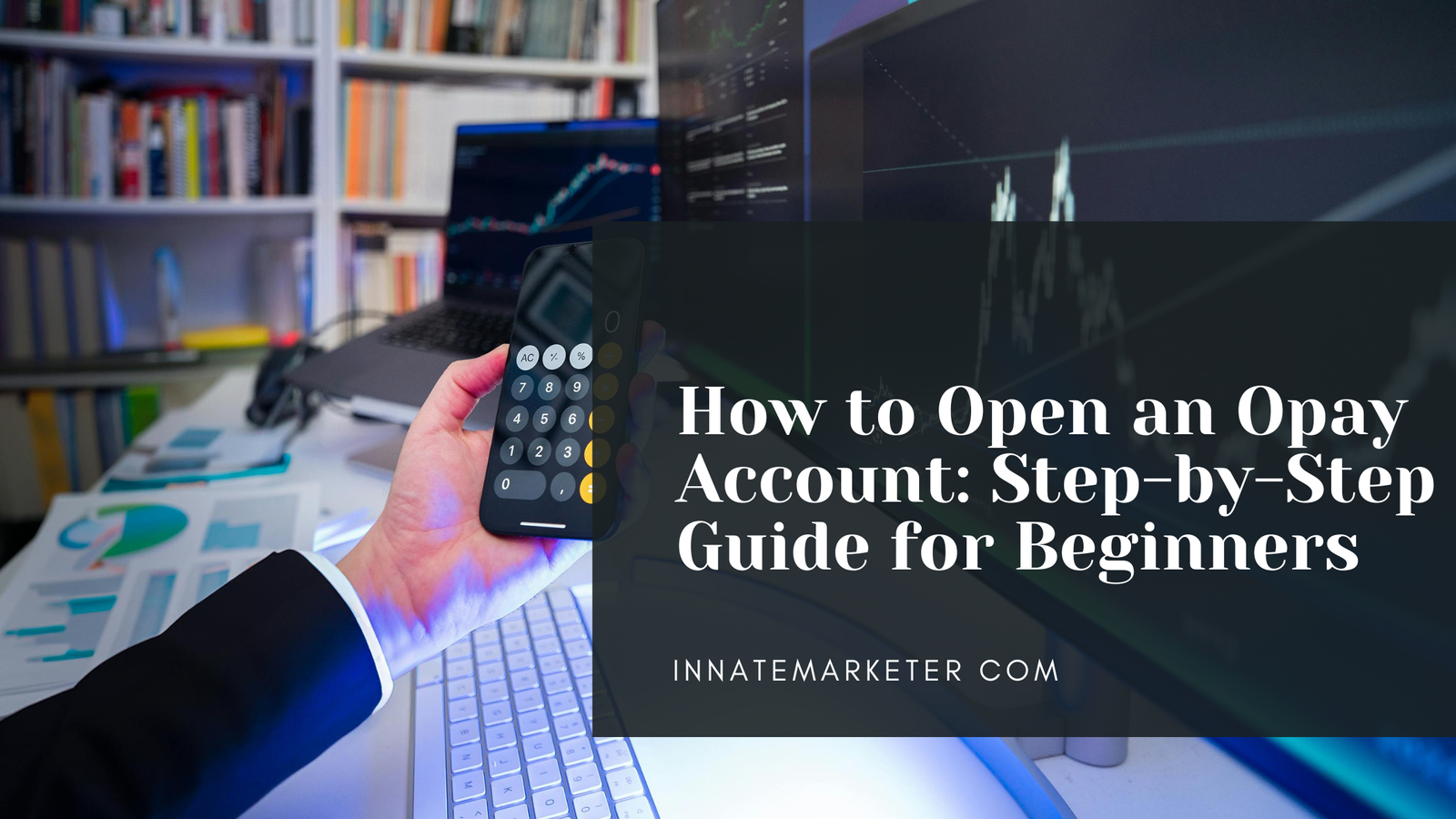Let me tell you a quick story.
Years ago, I met a guy named Jason. He wasn’t a coder. He wasn’t a YouTuber. He wasn’t even good at sales. But he stumbled onto something that changed his life—affiliate marketing.
He started with nothing but a laptop and free WiFi at a coffee shop. Within six months, he was making enough to cover rent. Within a year, he quit his job.
And here’s the kicker: Jason didn’t create his own product. He simply promoted other people’s products online.
That’s the beauty of affiliate marketing. It’s one of the easiest ways for beginners to make money online—even if you have zero experience.
Today, I’m going to walk you step by step through how to make money in affiliate marketing—and yes, even how to start affiliate marketing with no money.
What is Affiliate Marketing?
Affiliate marketing is simple.
You recommend a product or service. Someone buys it through your special link. You get paid a commission.
That’s it.
Think of it like being a digital middleman. Instead of knocking on doors to sell vacuum cleaners, you drop links inside blogs, YouTube videos, or TikToks—and companies pay you when sales happen.
According to Ahrefs, it’s one of the fastest-growing online industries worldwide. And the good news? It’s wide open for beginners.
Step-by-Step Guide to Start Affiliate Marketing
Now let’s get practical. I’ll break it down into 9 steps you can actually follow.
Step 1: Learn Affiliate Marketing Models
Affiliate marketing isn’t one-size-fits-all. You’ll hear terms like:
- CPS (Cost Per Sale): You earn when someone buys.
- CPA (Cost Per Action): You earn when someone signs up or downloads.
- CPL (Cost Per Lead): You earn when you generate leads.
Jason started with CPS offers. Later, he mixed in CPA because it was easier to get people to sign up for free trials.
Step 2: Join an Affiliate Network
Affiliate networks are where the money is. Think of them as matchmaking platforms that connect you to brands.
Here are trusted ones:
- ShareASale – beginner-friendly, tons of niches.
- Impact – big brands like Airbnb and Canva.
- MaxBounty – famous for CPA offers.
- CPAGrip – great for content locking and easy sign-up offers.
- WarriorPlus – perfect for digital products.
💡 Pro tip: Don’t just rely on affiliate networks. Combine them with monetization platforms like Monetag or Adsterra. They pay you for ad traffic while you’re also earning from affiliate sales. That’s double income from the same audience.
Step 3: Pick a Profitable Niche
Here’s the truth: the niche you choose can make or break you.
Pick one that you care about and that has good affiliate offers.
Examples:
- Tech (gadgets, software)
- Health & Fitness (supplements, training apps)
- Personal Finance (credit tools, investing)
- Online Marketing (courses, SEO tools)
Need inspiration? Check out this guide on the best niche for Pinterest affiliate marketing.
Step 4: Build Your Platform
Affiliate marketing lives and dies by your platform.
Here are your main options:
- Blog/Website – Write product reviews, tutorials, and comparisons. (See Shopify’s affiliate tips for smart strategies.)
- YouTube Channel – Review products on video.
- Social Media – TikTok, Instagram, X.
- Email List – A goldmine for conversions. Here’s a guide on how to build an email list for affiliate marketing.
Jason started with YouTube. He reviewed budget tech gadgets, dropped links, and his first $50 commission felt like winning the lottery.
Step 5: Create Valuable Content
Here’s where the magic happens. Content drives sales.
What works:
- Detailed product reviews
- How-to tutorials
- Side-by-side comparisons
- Relatable stories
Want proof? Watch this affiliate marketing tutorial on YouTube. You’ll see how others are doing it step by step.
Step 6: Place Affiliate Links Smartly
Don’t just throw links everywhere. Make them natural.
Best practices:
- Insert links inside sentences.
- Add call-to-action buttons.
- Use tools like Pretty Links or Bitly to clean them up.
Jason once made the mistake of spamming links on Facebook groups. Guess how many sales he made? Zero. Once he switched to blog posts with contextual links, the commissions started rolling in.
Step 7: Drive Traffic
Traffic is your fuel. Without it, you’re invisible.
Ways to get it:
- SEO for blogs (Google traffic is gold).
- YouTube SEO for videos.
- Social media posting.
- Paid ads (once you start earning).
👉 Pro tip: If you’re new, platforms like Adsterra and Monetag can help you monetize your traffic while you build organic growth.
Step 8: Track and Measure Results
Every affiliate dashboard shows clicks, conversions, and earnings.
Study them. Find which content brings the most money. Then double down.
Step 9: Optimize and Scale
This is where the fun begins.
- Scale your top-performing content.
- Test different offers.
- Expand into new niches.
Jason started in tech but later added finance. That decision alone doubled his income.
Tools You’ll Need
Here’s your starter kit:
- ShareASale / Impact / MaxBounty / CPAGrip / WarriorPlus – affiliate networks.
- WordPress – to launch a blog.
- Canva – to design visuals.
- Bitly / Pretty Links – for shortening links.
- Google Analytics – to track traffic.
- Monetag & Adsterra – monetize with ads alongside affiliate sales.
How to Start Affiliate Marketing With No Money
This is the golden question. And yes—you can.
Here’s how:
- Use free platforms like YouTube, TikTok, and Medium.
- Write content on websites that let you publish for free.
- Share affiliate links in social bios and groups.
- Grow a following, then funnel them into your links.
This is exactly how Jason started. No paid ads. No fancy software. Just grit and free platforms.
If you want extra inspiration, here’s a detailed guide on how to start making money with influencer marketing.
Final Thoughts
Affiliate marketing isn’t about luck. It’s about consistency and action.
You now know:
- How to start affiliate marketing with no money.
- How to make money with affiliate marketing for beginners.
- How to start affiliate marketing with Amazon for beginners.
- And the exact steps to go from zero to your first commission.
Jason’s story could be your story. The only difference? He took action.
So here’s my challenge to you: Pick one niche. Join one network. Publish one piece of content this week.
Because the fastest way to make money in affiliate marketing is to start.
And who knows? Six months from now, you might be the one telling stories about how you turned a free link into a full-time income.






